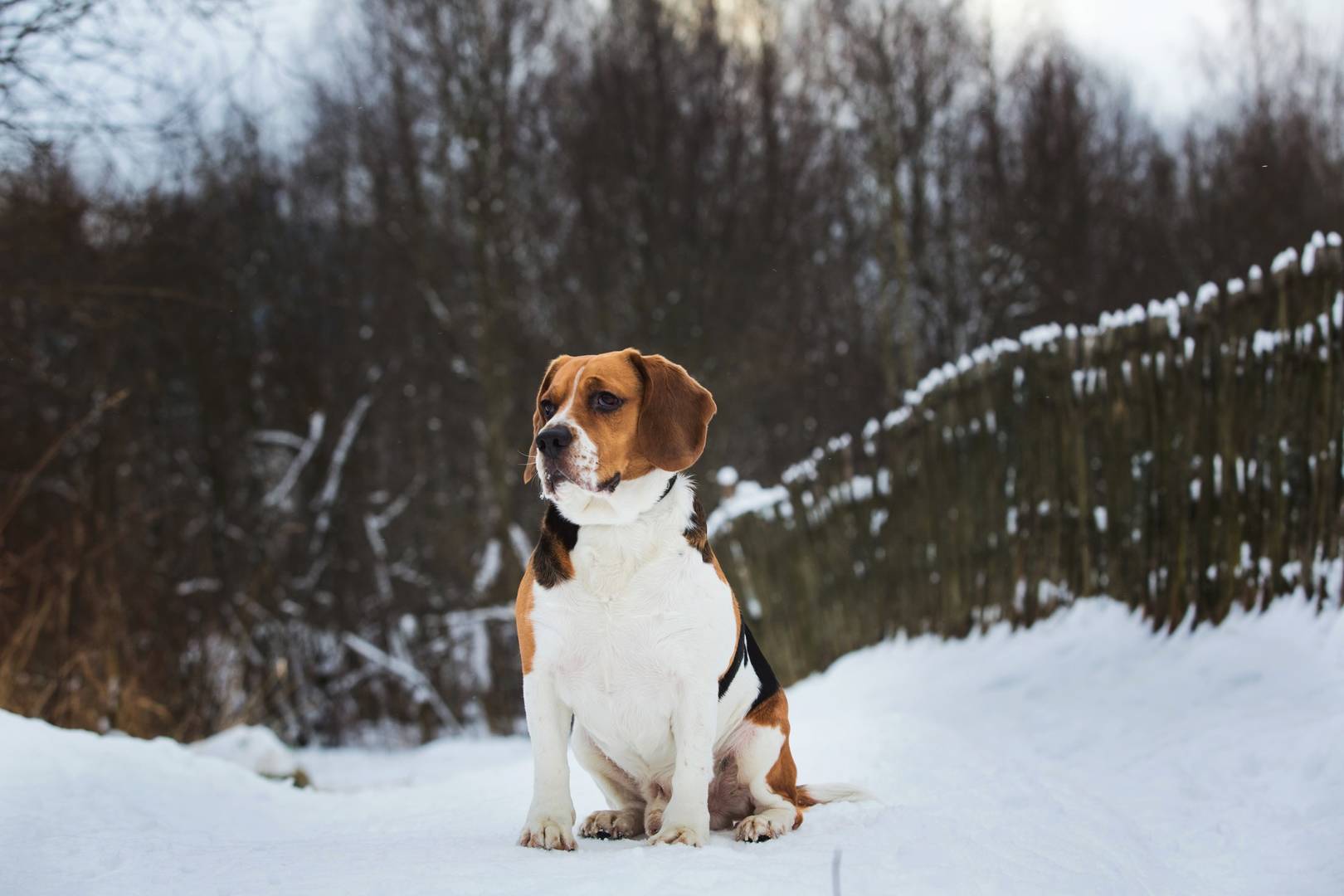According to the Centers for Disease Control and Prevention, around 38% of US homes have one or more dogs. If you’re like most pet owners, your dog is a member of your family, so it’s essential to take care of them when the weather gets cold. However, dogs are resilient and can handle colder temperatures better than humans. There’s no denying that it is much more comfortable for them if you take some simple precautions during winter.
Be Sure to Have Medicine Supply Ready
Another thing to remember is the need to have the right medicines at home. If your dog has an issue with its health, you should be prepared. It’s always better to be safe than sorry about your pet’s well-being. Make sure you have all your pet’s medicines on hand and check their expiration dates regularly. If you are unsure of what to do, contact a vet immediately.
If your dog has a sore throat or coughs up mucus from its lungs, you might consider keeping Amoxicillin capsules on hand for emergencies. It can aid in preventing subsequent issues from becoming more severe problems like pneumonia or heart infections that need antibiotics. With these pills, diseases, including pneumonia, bronchitis, and even ear infections, are quickly treated.
The medicine usually works within 30 minutes after administration but may need longer depending on the severity of the illness. It helps by killing bacteria in the body that cause these illnesses so that they don’t infect anymore.
Keep Meals Light
As a dog owner, you need to be extra careful about the food that your dog eats. The nutritional quality of their pets is a concern for 60% of pet owners. About 8 in 10 pet owners strongly feel that their pet’s eating habits have a direct effect on their lifespan. The foods should not contain any salt and sugar. They also should not contain caffeine as this can cause serious health problems for your furry friend. The best thing to do is to give them small meals throughout the day rather than one heavy meal at night. It will help prevent bloat and other digestive issues that may arise during winter.
Don’t Leave Them Outside for Too Long
In the winter, dogs are at a much higher risk of developing hypothermia and frostbite. Hypothermia occurs when the body’s temperature falls below 95 degrees Fahrenheit. It can happen after an hour or so in freezing temperatures without protection. Frostbite is essentially an injury to the skin caused by extreme cold. It’s often seen on paws and ears but can also occur inside the mouth or nose if they’re exposed to cold air for too long.
A dog left outside too long in harsh weather conditions can dehydrate quickly. Because their body will expel fluids through urination, they’ll need more water than usual to avoid becoming dehydrated. If you must leave your dog outside for extended periods, ensure a roof over its head and plenty of blankets/covers are available, so it doesn’t shiver into hypothermia or dehydration.
Use a Coat or Sweater
Consider using a coat or sweater to keep your dog warm and dry during the winter. A good option is the Frosty Paws Dog Coat with Hood. Its waterproof and uniquely reflective material helps reflect heat onto your pet. In addition, the two-way zipper allows for easy putting on and taking off of this garment in case they get hot while playing outside with you. Another alternative would be buying an ordinary winter jacket from the store. Just make sure it fits, so it doesn’t fall off too easily when your dog runs outdoors with you.
Keep an Eye Out for Their Paws
When it comes to paw care, there are a few things you can do. First and foremost, check for cuts and scrapes on their paws. Then, take your dog to the vet immediately if you see any redness, swelling, or discharge. Your dog may have caught an infection or suffering from something more serious, like frostbite.
In addition to checking their paws regularly for signs of injury or illness, ensure they have plenty of room outside. They can run around without getting hurt by sharp objects on the ground. These may include broken glass or metal left outdoors after completing construction projects in your neighborhood. You don’t want them getting hurt when playing outside.
Start Grooming Them Early
It would help if you kept your dog clean and healthy. It will ensure that your pet feels comfortable in any season and has no skin problems. In addition, it would help if you brushed your coat regularly to remove dead hair and keep it healthy by stimulating blood flow to the skin.
Brushing also helps remove loose fur from their coat. After brushing, use good quality shampoo, like shampoo, for dogs with sensitive skin. It helps prevent skin drying due to cold weather conditions. You can use an electric clipper or scissors to trim their hair so they do not get tangled in long strands of fur when playing outdoors during winter.
Consider Indoor Activities and Training Routines
If your dog loves to play and run around in the snow, you can use his love of running to get him moving indoors. Dogs love to chase after and retrieve many types of indoor toys, like the chuckit, ultra ball, or K9 cannonball. These toys are great for increasing your pup’s heart rate and giving him some much-needed exercise that is not that extensive.
If your dog isn’t a runner but would rather cuddle on the couch with you, try playing one of the favorite games for pups like Hide-and-Seek. It might look silly from an outside perspective, but it will provide lots of fun for humans and canines.
Don’t Over-Exercise Your Dog
If you plan to take your dog for a walk, do not let him run or play in the snow for too long. Even though it’s fun to watch a dog romp around in the snow, running and jumping can cause your dog to overheat exhaustion. In addition, if he gets too much exercise during this time, his muscles could become strained and tired.
Dogs need to rest and recover after exercise, so if your dog has been exercising hard, make sure you allow them time to do this. Also, if you have an older dog with any existing health problems, it may need longer than two days before it can engage in strenuous activity like running or playing.
Healthy Diet and Plenty of Exercise Will Keep Your Dog Well in Winters
Dogs are loving and active pets requiring plenty of exercise to stay healthy and happy. However, the breed of your dog plays a significant role in their exercise regime and how much energy they have. While some dogs only need 1-2 hours of physical workout daily, others may require even more. In addition to this, all dog breeds also need some mental stimulation and playtime during the day. A healthy diet and plenty of activities will keep your dog in good shape throughout the year. The best way to keep your dog in shape is to give them a balanced diet and exercise that are not exhaustive and rigorous. It will help them maintain a healthy weight, strong muscles and bones, and increased resistance to disease. For additional benefits, you can focus on indoor activities, such as playing fetch or tug-of-war, which will help develop your muscles while providing plenty of fun.



